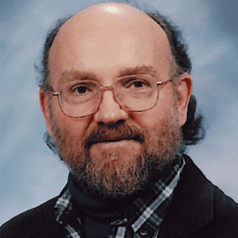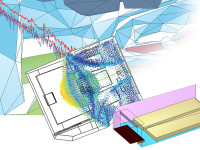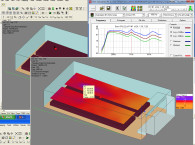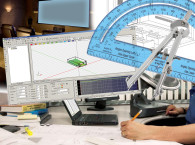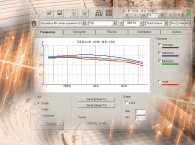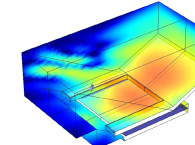
Bengt-Inge Dalenbäck of Sweden developed CATT-Acoustic. Although Dalenbäck has been involved with acoustics since 1981, his company, Computer-Aided Theater Technique (CATT) initially focused on software for lighting and theater decor design. Its first software, CATT-Lighting, was released in 1986, followed by CATT-Decor in 1987, and then CATT-Acoustic in 1988. CATT-Lighting was based on tracing rays defined by spotlight limits, but CATT-Acoustic was initially based on an image-source method. All three of these programs were implemented for the Commodore Amiga computer. In 1990, CATT-Acoustic for MS-DOS was released, and CATT-Lighting and CATT-Decor were discontinued. The first CATT-Acoustic version for Windows was released in 1996.The article looks at CATT Version 9.0, which was released July 5, 2011 (latest update v9.1d Nov 6, 2018).
CATT-Acoustic features The Universal Cone Tracer (TUCT) analysis engine. TUCT uses several different algorithms for prediction, depending upon the specific room being modeled, and addresses the shortcomings of the original randomized tail-corrected cone-tracing (RTC), a method Dalenbäck developed. TUCT excels in auralization of open spaces and rooms having flutter echo problems, as well as large venues having high absorption. For these spaces it uses an algorithm that is not based on randomizing the direction of diffuse rays. Instead, it literally splits up rays into many diffuse sub-rays that continue to propagate.

TUCT avoids one of the long-standing limitations of acoustical modeling programs based on geometrical acoustics by optionally including early reflection diffraction in its calculations (for one or two edges in a reflection path as well as specular-to-diffracted and diffracted-to-specular combinations). In some cases, this allows improved accuracy for the predictions: for example, reflections from small surfaces including ceiling reflectors, sound from orchestra pits, or reflections from curved surfaces that are modeled using facets. TUCT calculates the effects of early diffraction using a secondary edge-source method based on a discrete Huygens interpretation of the Biot-Tolstoy approach that has few limitations when used for room acoustics with finite edges, and where infinite length screen formulas are not applicable.
This article was originally published in audioXpress, May 2014.
Read the full article now available online here.


